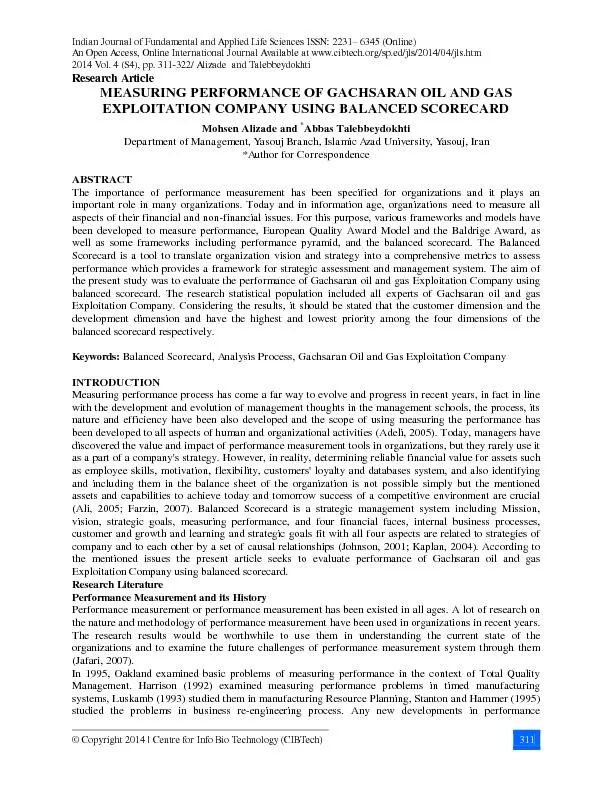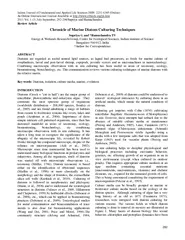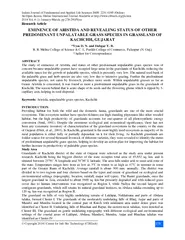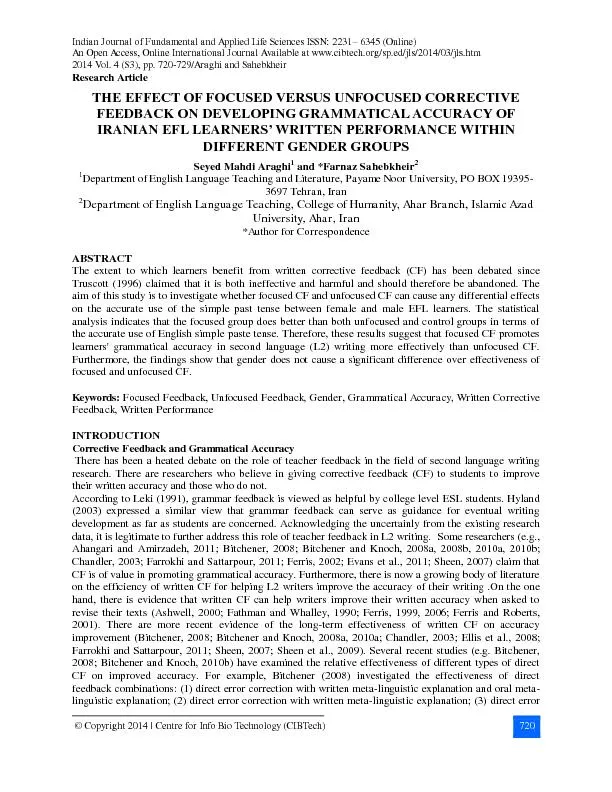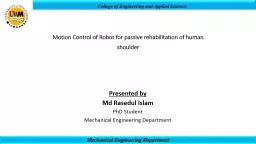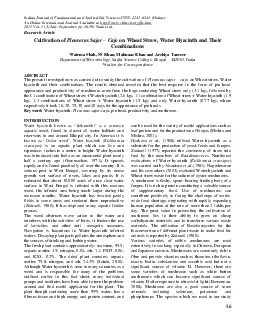PDF-Indian Journal of Fundamental and Applied Life Sciences
Author : karlyn-bohler | Published Date : 2016-07-28
ISSN 2231 x2013 6345 Online An Open Access Online International Journal Available at wwwcibtechorgspedjls20140 4 jlshtm 2014 Vol 4 S4 pp 31 1 322 Alizade and
Presentation Embed Code
Download Presentation
Download Presentation The PPT/PDF document "Indian Journal of Fundamental and Applie..." is the property of its rightful owner. Permission is granted to download and print the materials on this website for personal, non-commercial use only, and to display it on your personal computer provided you do not modify the materials and that you retain all copyright notices contained in the materials. By downloading content from our website, you accept the terms of this agreement.
Indian Journal of Fundamental and Applied Life Sciences: Transcript
Download Rules Of Document
"Indian Journal of Fundamental and Applied Life Sciences"The content belongs to its owner. You may download and print it for personal use, without modification, and keep all copyright notices. By downloading, you agree to these terms.
Related Documents

